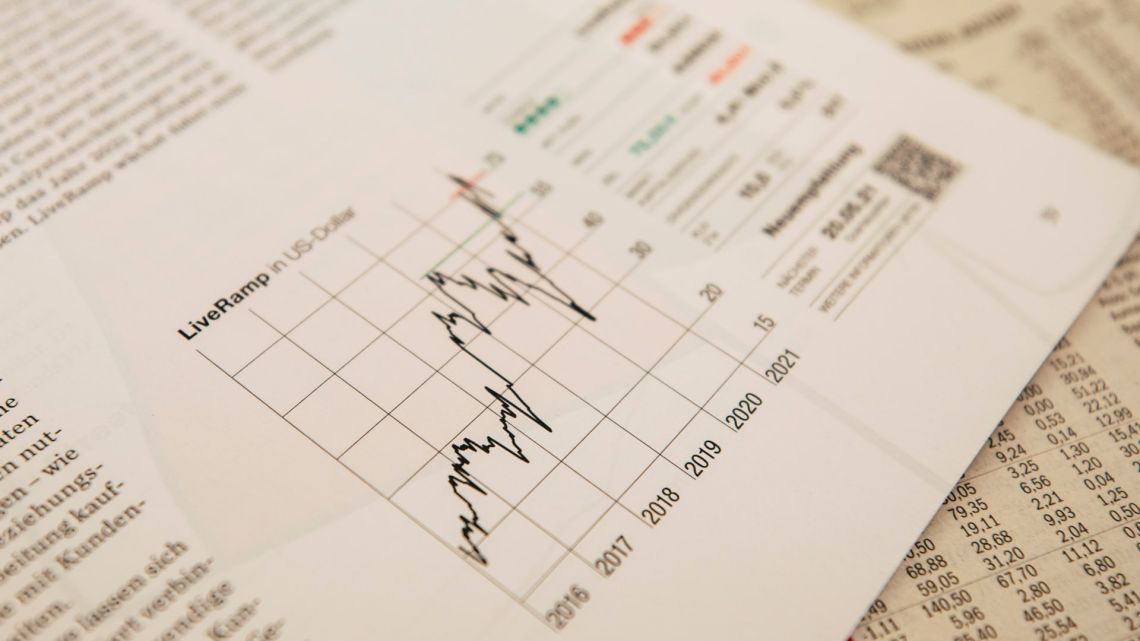
The idea of a brisk bull market looked shaky at best at the start of the year, following 2022’s pain; but the rally not only persisted and gained steam, helped by somewhat cooling inflation and a healthy labor market. Now UBS argues that with various economic forces in balance, investors have an opportunity to reap rewards across asset classes.
A Favorable Environment
While no environment is truly risk-free, a lot has gone right in recent months. Inflation has receded, meaning the Fed and other major central banks are closer to the end of their tightening cycles. The U.S. labor market has cooled, but not so much as to push the economy into a recession. Earnings have improved, with U.S.-listed company profit expectations now back at all-time highs.
An Opportune Moment for Investors
That benign backdrop creates an opportune moment for investors. Mark Haefele, chief investment officer of Global Wealth Management, expects major global stock market benchmarks to notch returns of 8% to 10%, and returns from high-quality bond indexes of 10% to 15% by the middle of next year.
Diverse Risks
Of course, investors who are prone to worry don’t have a shortage of fodder, from a potential government shutdown this fall to the ongoing high cost of living that’s squeezed consumers. And cash has appeal: Even with interest rates likely to moderate over the next 12 months, right now risk-free cash in high-yield savings accounts is approaching 5%.
Nonetheless, risks are fairly manageable and the outlook is bright. Haefele suggests that investors should move off the sidelines. “Overall, we think the macro backdrop suggests a combination of higher growth and lower inflation than had seemed possible a few months ago. The Fed now faces less pressure to hike rates further, and rising real wages are reducing the economic pain from earlier rate hikes.”
A Shining Opportunity for Bonds
As for specific asset classes, Haefele argues that this sets up bonds, which have lagged this year, to ultimately shine. Still-high yields mean investors can lock in attractive interest rates, while a more moderate outlook for future rate hikes means that investors in quality bonds are unlikely to endure any mark-to-market losses (as would happen if future notes carried much higher yields that devalued bonds paying today’s rate).
Bonds vs. Equities: Navigating the Current Market Landscape
As the global economy gradually slows down, bonds are emerging as an increasingly attractive investment option. In fact, leading financial expert Haefele predicts total returns of 10% to 15% for both high- and investment-grade bonds over the coming months, making them his preferred asset class.
However, it would be unwise for investors to completely discount equities. Haefele acknowledges that stocks do carry some "significant downsides," especially in the event of an economic downturn. In such a scenario, major benchmarks in the United States and around the world would likely experience double-digit declines. Nevertheless, given the ongoing enthusiasm surrounding artificial intelligence and the underlying profits supporting high valuations, the impressive gains of the S&P 500 index this year seem justified.
While Haefele's enthusiasm for equities may be somewhat tempered compared to bonds, he still anticipates a solid base-case return rate of 8% to 10% over the next six to 12 months, with the potential to reach as high as 17% to 19% under more optimistic conditions.
Therefore, investors should resist the temptation to rely solely on ultra-safe cash investments, even if they are currently earning higher interest rates on their savings accounts. Many economists predict that interest rates will decline in the near future, making cash less lucrative. Furthermore, history has shown that simultaneous declines in stock and bond markets are rare occurrences. By diversifying across asset classes, investors can effectively mitigate short-term volatilities and ultimately achieve higher long-term gains.
Looking ahead, Haefele projects cumulative cash returns of only 5% to 14% over the next five years. In comparison, high-grade bonds could deliver cumulative returns of 15% to 25%, global stocks may yield returns of 40% to 55%, and alternative investments carry the potential for returns ranging from 25% to 65%. Haefele strongly emphasizes the importance of a thoughtfully balanced core allocation across these various asset classes. Such a strategy not only positions investors to earn attractive returns in both the short and long term, but also acts as a safeguard against potential market risks.
In conclusion, navigating the current market landscape requires careful consideration of both bonds and equities. While bonds offer a promising outlook amidst slowing economic growth, equities still hold potential for significant returns. By creating a well-diversified investment portfolio, investors can strike a balance between short-term gains and long-term protection against market volatility.













Write Your Comment